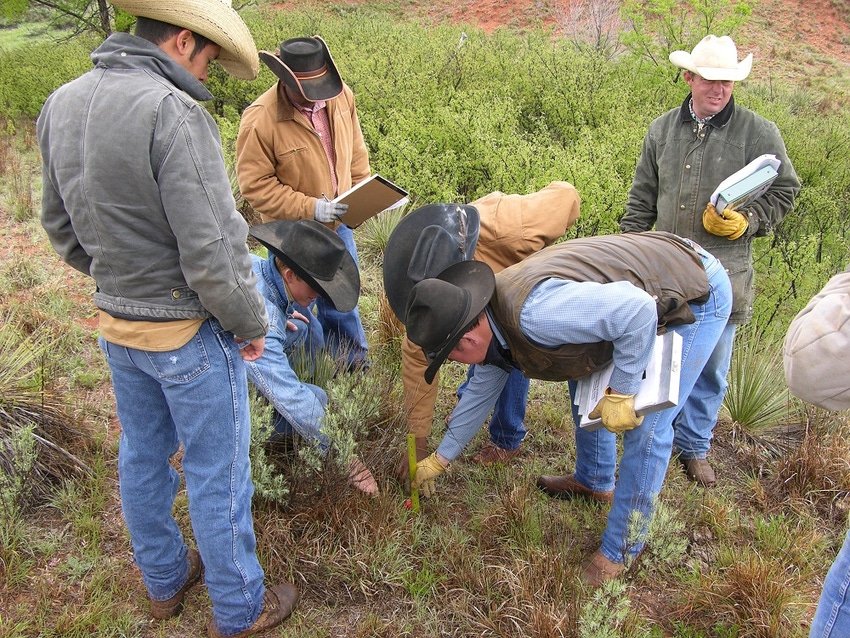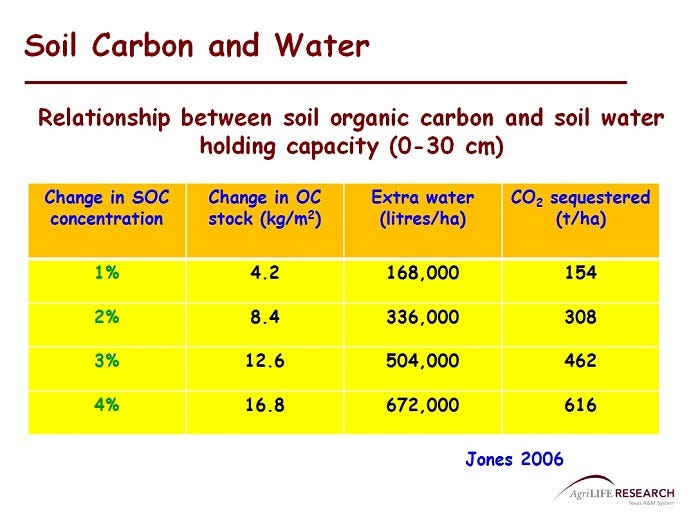
A fair number of farmers are excited about the soil health movement, but sadly, fewer ranchers seem to be getting on board.
Perhaps the problem is a failure to see the profit from soil health improvements.
I've spent many years trying to quantify the value of the improvements from good grazing management, so I'll review those again here and give you some links to see the stories. Just so you don't miss the point, long-term, sustainable forage improvements go hand-in-hand with soil health improvement.
Jim Gerrish, formerly the research agronomist at the Forage Systems Research Center (FSRC) at Linneus, MO, says the average western beef-cow operations could save about $200 per cow per year by changing from haying to grazing.
Dennis Hancock, University of Georgia forage agronomist, says the cost of hay feeding can run as high as $2 per cow per day. He bases this on feeding 1,500-pound cows 30 pounds of hay per day at a value of $100 per dry ton of hay, or 5 cents per pound of hay.
30 pounds X .05 = $1.50 per head per day
Then Hancock adds:
15% feeding loss
30% storage loss
15% other losses
That's $1.75 to $2 in cost per head per day, so cutting 100 days of hay feeding each winter could reduce purchased inputs by $175 to $200 per cow.
A ranch-scale experiment in central Texas increased profit significantly by implementing grazing management and decreasing cow numbers on half the ranch while maintaining open gates and hay feeding on the other half of the ranch. This study is ongoing, but that was the result of the first three years.
Good grazing management at extremely high stock density pays the best. Jaime "Jim" Elizondo, who currently manages a ranch near Katy, Texas, plus his own ranches in coastal-central Mexico, was able to dramatically increase carrying capacity.
On one dry-land ranch with 750 acres he went from one animal per 10 acres to 1 animal per 1.3 acres over a period of several years. The area gets 30 inches of unreliable average rainfall.
This is more than a 7x increase using UHD.
Johann Zietsman showed how Allan Savory's initial research on the Charter Estate ranch in Zimbabwe actually showed a 50% increase in net return, and that continuing that trend as he had done with adapted cattle and triple stocking rate should triple net return.
Stan Bevers, now-retired economist for Texas A&M University, used real-ranch numbers from his Standardized Performance Analysis (SPA) database to show a 50% sustainable increase in stocking rate could provide:
8.5% higher net profit
30% higher gross herd return
In summer stocker budgets on native grass, I have shown that increased stocking rate from recommended level (1x) to triple stocking rate (3x), and which derives from good grazing and increased soil health, can increase net returns by a factor of 50% or more. This story is on two pages, No. 14 and No. 15.
Richard Teague, Texas A&M range ecologist, has calculated significantly better profits for native rangeland with increased "condition," a categorization mostly based on plant type but incidentally includes soil conditions.
Income is 4 times higher for excellent range condition than poor range condition.
Maximum profit for continuous grazing is at a stocking rate that decreases range condition.
Low stocking rates will increase range condition but decrease income.

Improved soil organic matter brings with it dramatic increases in water storage and soil carbon content, which are indicative of large increases in drought resistance and soil productivity.
About the Author(s)
You May Also Like




